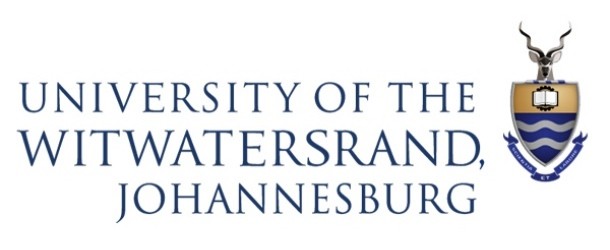Wits Team’s Study Reveals hidden Structures of Quantum Entangled States

(HPCWire) Isaac Nape, an emerging South African talent in the study of quantum optics, is part of a crack team of Wits physicists who led an international study that revealed the hidden structures of quantum entangled states. The study was published in the renowned scientific journal, Nature Communications, on Aug. 27, 2021.
Nape is pursuing his Ph.D. at Wits University and focuses on harnessing structured patterns of light for high dimensional information encoding and decoding for use in quantum communication.
Earlier this year he scooped up two awards at the South African Institute of Physics (SAIP) conference to add to his growing collection of accolades in the field of optics and photonics. He won the award for “Best Ph.D. oral presentation in applied physics,” and jointly won the award for “Best Ph.D. oral presentation in photonics.”
In May, he was also awarded the prestigious 2021 Optics and Photonics Education Scholarship from the SPIE, the international society for optics and photonics, for his potential contributions to the field of optics, photonics or related field.
Now Nape and his colleagues at Wits, together with collaborators from Scotland and Taiwan offer a new and fast tool for quantum computing and communication. “Quantum states that are entangled in many dimensions are key to our emerging quantum technologies, where more dimensions mean a higher quantum bandwidth (faster) and better resilience to noise (security), crucial for both fast and secure communication and speed up in error-free quantum computing.
“What we have done here is to invent a new approach to probing these ‘high-dimensional’ quantum states, reducing the measurement time from decades to minutes,” Nape explains.
Nape worked with Distinguished Professor Andrew Forbes, lead investigator on this study and Director of the Structured Light Laboratory in the School of Physics at Wits, as well as postdoctoral fellow Dr. Valeria Rodriguez-Fajardo, visiting Taiwanese researcher Dr. Hasiao-Chih Huang, and Dr. Jonathan Leach and Dr. Feng Zhu from Heriot-Watt University in Scotland.



















